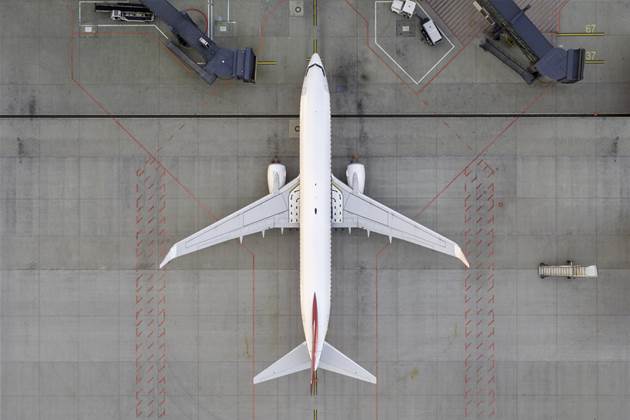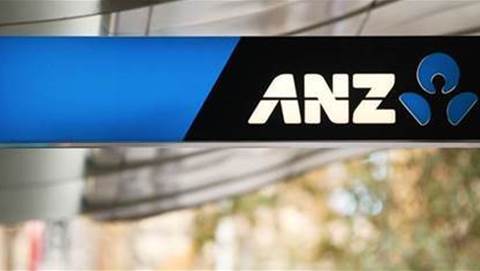Airservices Australia is planning to build out its digital twin of the country’s air traffic management network to improve network planning and reduce costly delays at airports.

The government-owned corporation has been investigating a “virtual copy” of Australian airspace since early 2019, joining with Deloitte and McLaren to complete proof-of-concepts.
The digital twin is expected to help the agency better navigate Australia’s air traffic network, which has a large proportion of flights connecting to a small number of major airports.
The route between Sydney and Melbourne, for instance, was the second busiest in the world prior to the pandemic.
Airservices expects the network will become only more complex over the next decade with the arrival of new data flows and more runways (in Melbourne and Perth) and airports (Sydney).
It also planning for new airspace users, with air traffic control information to be shared with drone operators through a planned flight information management system (FIMS).
In a request for information (RFI) issued this week, Airservices called for additional information from providers who can provide such a digital twin ahead of a future tender.
“The digital twin will be used to support decision making at a network level that is transparent to tactical decision making by air traffic controllers with a direct separation responsibility,” it said.
Documents show the digital twin will need to “simulate predicted future operations of the air traffic network” to support the decision making of air traffic controllers.
It will cover network structures, planes, air traffic movements and “include the use of stochastic variables, based on near real-time data from different sources”.
Airservices said the digital twin will be based on a “foundational platform” that will enable the delivery of a suite of applications designed to “better plan and manage the network”.
Initial application to be built will include delay management, task load management and dynamic sectorisation, though RFI documents indicate the number of applications will expand over time.
Any future provider would need to establish the framework for the simulation, which will “support Airservices in establishing the functionality of the applications”.
The digital twin will feed its “near real-time data” from internal and external sources, including the air traffic management and ground delay systems, weather systems and aeronautical database.
“More accurate data, based on more dynamic, integrated, and comprehensive inputs... to ensure a common operational picture, will enable better operational planning and decision-making, Airservices added.
The RFI will close March 18.


.png&h=140&w=231&c=1&s=0)
_(5).jpg&h=140&w=231&c=1&s=0)




.png&w=100&c=1&s=0)

 iTnews Benchmark Security Awards 2025
iTnews Benchmark Security Awards 2025
 Digital Leadership Day Federal
Digital Leadership Day Federal
 Government Cyber Security Showcase Federal
Government Cyber Security Showcase Federal
 Government Innovation Showcase Federal
Government Innovation Showcase Federal
 Digital NSW 2025 Showcase
Digital NSW 2025 Showcase












_(1).jpg&h=140&w=231&c=1&s=0)



